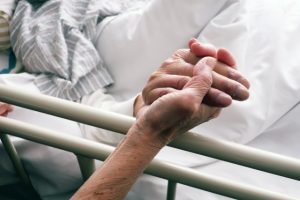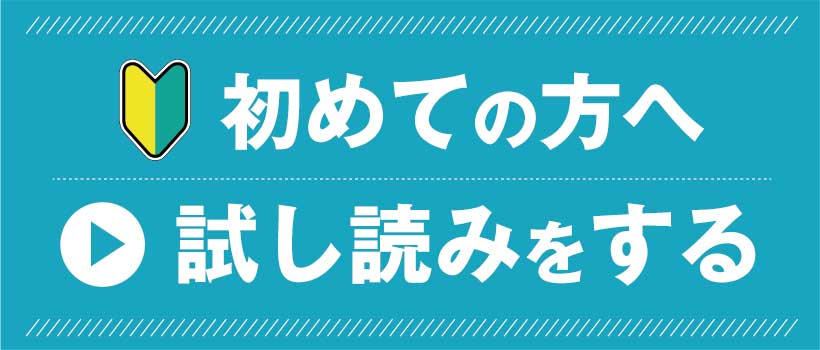※Translated with Notion AI. (Plus version)
【This is an issue that should be considered while one is healthy, and may be a matter to address before thinking about inheritance.】
We have been discussing death with dignity, euthanasia, living wills, and end-of-life care over the past ten installments.
I am deeply grateful for your attention to my words for such a long time.
I am also filled with profound gratitude and emotion for the valuable opinions I have received from many of you.
Nothing would make me happier than if this series has provided you with an opportunity to “sometimes pause and think about important matters.”
However, this will be my final piece of writing. My own life expectancy is limited, and I ask for your understanding as I lay down my pen here.
From now on, I will pass the baton on this important theme to a trusted friend who is also a physician.
With his more extensive experience in overseas medical practices, he will surely present issues to you with even more calm and profound insight than I have.

Now, the topic for this time is “End-of-Life Care and Hospice.”
Back in 2011, Japan had a severe shortage of end-of-life care at home and hospice facilities.
Only 8% of people spent their final moments at home, and likewise, only 8% died in hospices.
With the progression of an aging society, there was an urgent need to establish hospices providing end-of-life care, and the reality was that many patients were spending their final moments in general hospitals.
However, as time has passed, according to data from the Ministry of Health, Labour and Welfare in 2022, the proportion of people dying at home has increased to about 15.7%.
On the other hand, the proportion of people spending their final moments in hospices or palliative care units has actually decreased to about 1.9%.

The background to this change includes the spread of home medical care and improved support systems, family preferences, and issues with hospice usage restrictions, costs, and access.
While more people are spending their final moments at home, it has become clear that care in hospices has become more difficult.
While this indicates an improvement in Japan’s medical welfare, how does it look from the perspective of a “peaceful end“?
One day, Professor Kashiwagi of the School of Human Sciences at Osaka University asked about 150 nurses the following question:
“If you were diagnosed with an incurable disease, would you want to face death in the hospital where you currently work?”
Not a single nurse raised their hand.







